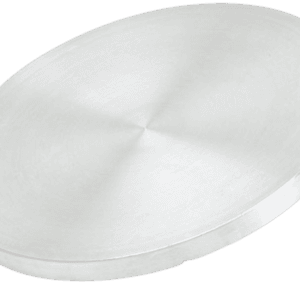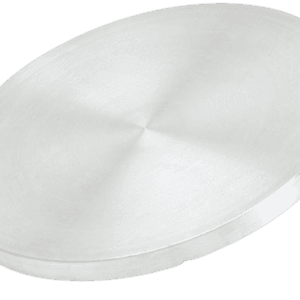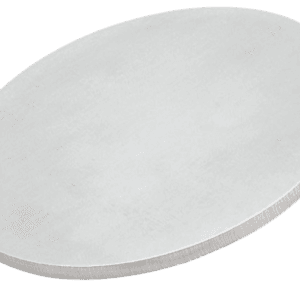Titanium Aluminum Silicon Sputtering Target Description
Titanium Aluminum Silicon Sputtering Target is a specialized material used in sputtering deposition processes. Sputtering is a technique for depositing thin films onto substrate surfaces, essential in various applications such as electronics, optics, and thin-film solar cells.
The TiAlSi sputtering target consists of titanium, aluminum, and silicon, each contributing valuable properties:
- Titanium: Provides high strength, excellent corrosion resistance, and bio-compatibility.
- Aluminum: Offers high electrical and thermal conductivity, combined with lightweight characteristics.
- Silicon: Delivers superior semiconductor properties, making it ideal for integrated circuits and solar cells.
This combination of elements ensures that the sputtering target is well-suited for a wide range of advanced technological applications.
Titanium Aluminum Silicon Sputtering Target Specifications
| Compound Formula | Ti/Al/Si |
| Appearance | Silvery-gray metallic target |
| Available Sizes | Dia.: 1.0″, 2.0″, 3.0″, 4.0″, 5.0″, 6.0″ Thick: 0.125″, 0.250″ |
Titanium Aluminum Silicon Sputtering Target Handling Notes
Titanium Aluminum Silicon Sputtering Target is used in sputtering deposition processes for applications in electronics, optics, and thin-film solar cells. This target combines titanium, aluminum, and silicon, each offering specific benefits:
- Titanium: Known for high strength, corrosion resistance, and bio-compatibility.
- Aluminum: Provides excellent electrical and thermal conductivity, with lightweight properties.
- Silicon: Features superior semiconductor characteristics, ideal for integrated circuits and solar cells.
Due to some inherent characteristics such as brittleness and low thermal conductivity, this material can be susceptible to thermal shock. Therefore, Indium bonding is recommended for Titanium Aluminum Silicon sputtering targets. Indium bonding helps mitigate these issues by improving adhesion and providing better thermal management.

 MSDS File
MSDS File



Reviews
There are no reviews yet.